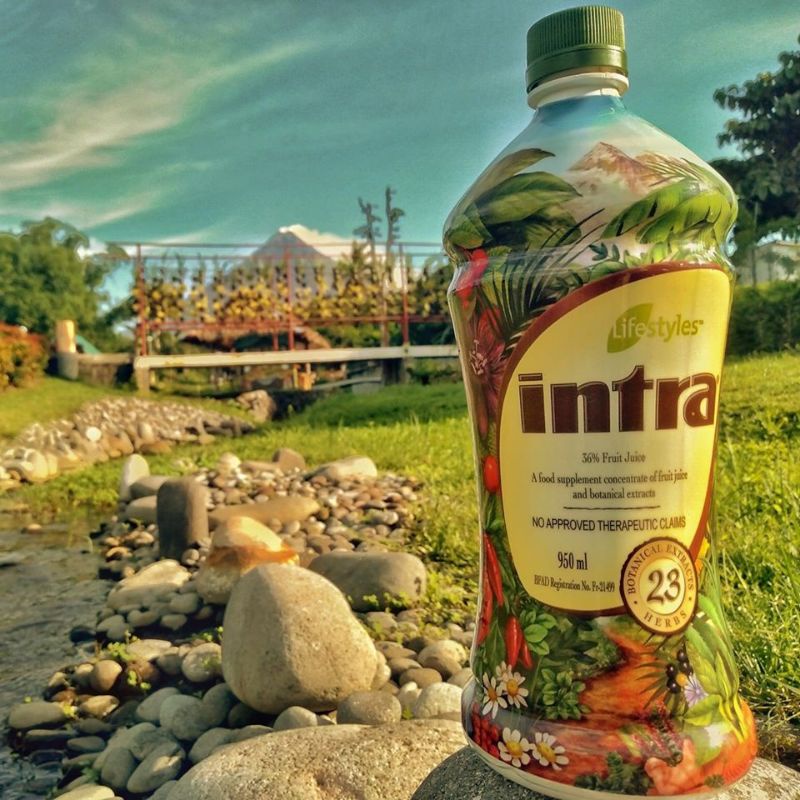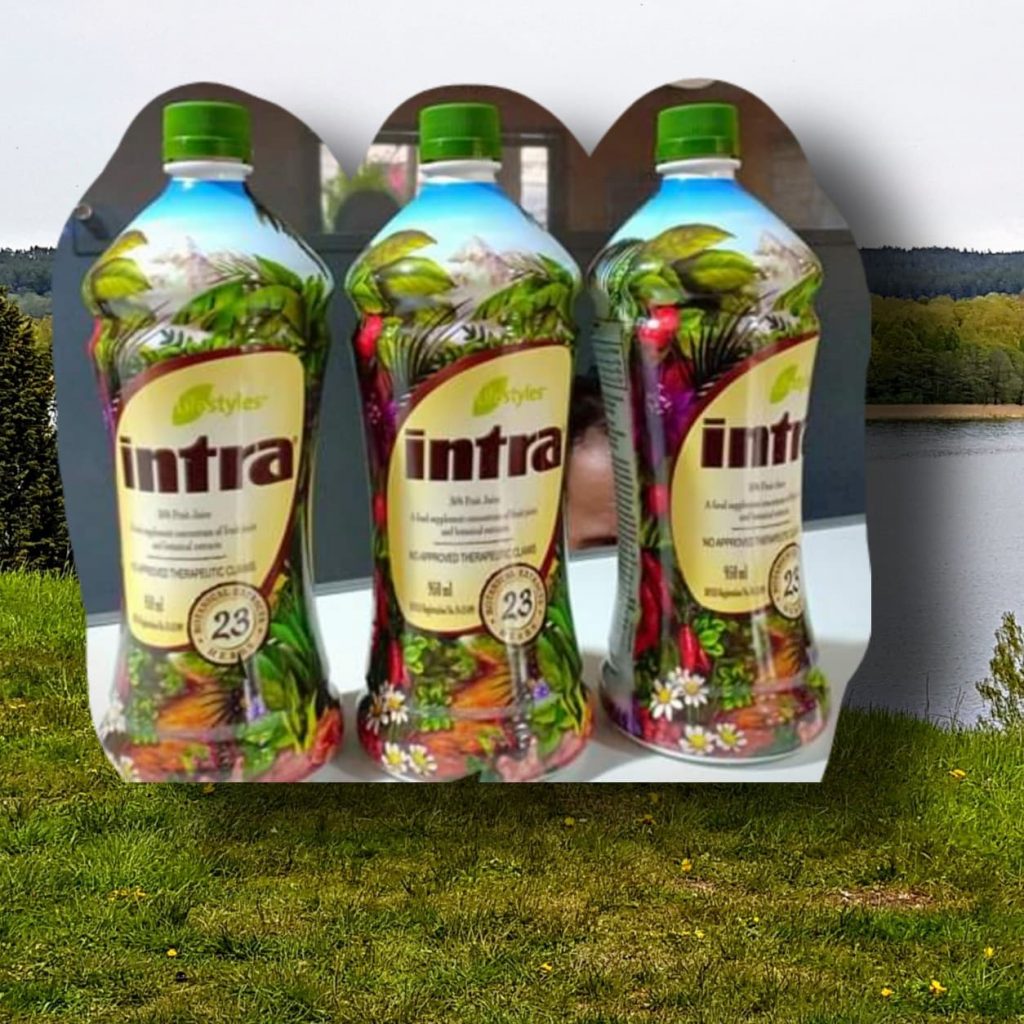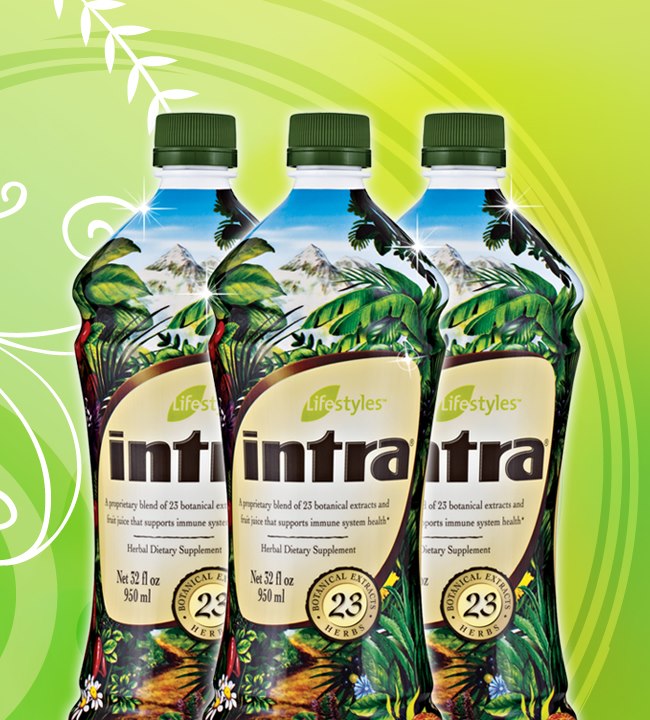With Intra Juice, you can nourish your body cells!
Intra Juice Benefits – Intra juice is a one-of-a-kind, complete, and delicious nutritional beverage that nourishes body cells while also supplying essential plant-based phytonutrients (found only in plants). For thousands of years, botanicals have been used to ensure optimal vitality and health.
Herbs, plants, leaves, roots, tree bark, and flowers (the botanicals) were the foundation of many native cultures’ food supply. Humans have known for at least 3,000 years about the strong effect these natural compounds have had on our well-being. Intra juice is a natural health supplement made up of 23 botanical extracts that work together to help balance as well as strengthen the body. So that is why the Intra Juice Benefits are really expressive!
Contents
- 1 Intra Juice Benefits – Benefits of 23 Botanical Extracts
- 1.1 Berry, Schisandra (Schisandra chinensis)
- 1.2 The Reishi mushroom (Ganoderma lucidum)
- 1.3 The root of licorice (Glycyrrhiza species)
- 1.4 Rose hips from China (Rosa laevigata)
- 1.5 Chicory (Cichorium intybus)
- 1.6 Pollen from bees
- 1.7 The seed of celery (Apium graveolens)
- 1.8 Alfalfa (Medicago sativa)
- 1.9 The passion flower (Passiflora incarnata)
- 1.10 Dandelion (Taraxacum officinale)
- 1.11 Berries of Juniper (Juniperus communis)
- 1.12 Thyme (Thymus vulgaris)
- 1.13 Fenugreek (Trigonella foenum-graecum)
- 1.14 Ginger (Zingiber officinale)
- 1.15 Capsicum berry (Capsicum species)
- 1.16 Sarsaparilla (Smilax officinale)
- 1.17 Pearl barley from China (Coix lacrymal-jobi)
- 1.18 Pipsissewa (Chimaphila umbellata)
- 1.19 The bark of Cascara (Rhamnus purshiana)
- 1.20 Chamomile from Germany (Chamomilla Recutita)
- 1.21 Astragalus (Astragalus membranaceus)
- 1.22 Ginseng from Siberia (Eleutherococcus senticosus)
- 2 Combating Body Pollution Through Proper Nutritional Intra juice
- 3 The Incredible Intra Juice Benefits
- 4 The bottom line
Intra Juice Benefits – Benefits of 23 Botanical Extracts

Intra Juice Benefits – Ingredients like Siberian Ginseng, Ginger, Aloe Vera, Dandelion, and Reishi mushrooms help to maintain a healthy immune system as well as the body’s other major systems.
Berry, Schisandra (Schisandra chinensis)
For thousands of years, different combinations have been used. Recent studies have focused on Schisandra’s extremely potent antioxidant properties.
The Reishi mushroom (Ganoderma lucidum)
In imperial China, it was referred to as “the elixir of life,” and its use was restricted to the emperor.
The root of licorice (Glycyrrhiza species)
It is indigenous to the Middle East and China. The elder statesman was so named because it was thought to sync up and consolidate other botanicals in a formulation.
Rose hips from China (Rosa laevigata)
Among the various rose species used for their fruits, the fruits of R. laevigata are traditionally the most highly valued by the Chinese. Classical writings describe its effects as “body resistance to cold and light.” Bioflavonoids, plant acids, and other nutrients are abundant. It is indigenous to Japan and China.
Read more: Benefits Of Therapeutic Exercises For Your Health
Chicory (Cichorium intybus)
European and Asian origins Historically used as food and an ingredient inability to heal mixtures.
Pollen from bees
Rich in vitamins, minerals, proteins, and amino acids, a 2000-year-old Chinese legend claims that long-term use does cause you to “be light in body and live forever.”
The seed of celery (Apium graveolens)
Native to Southern Europe, it is thought to have a relaxing effect on the system.
Alfalfa (Medicago sativa)
Native to the Near East, but now found all over the world; high in vitamins, minerals, amino acids, flavonoids, and protein; traditionally used as a nutrient to boost vitality.
The passion flower (Passiflora incarnata)
Native to the southern United States, it was valued highly by Cherokee Indians, who saw it as extremely valuable and used it in a variety of traditional preparations.
Dandelion (Taraxacum officinale)
It is well-known for its deep roots and is regarded as a symbol of strength as well as longevity. Native to Europe, it is now grown and used all over the world.
Berries of Juniper (Juniperus communis)
Juniper is native to Eastern Europe, and some specimens are over 1000 years old. Early Europeans valued the resinous aromatic berry cones because they believed the evergreen Juniper represented life power. Used to make medicinal juniper as well as a traditional flavoring ingredient.
Thyme (Thymus vulgaris)
Native to the Mediterranean region, it is now widely cultivated around the world. It is germicidal and is widely used in cosmetics, food, and pharmaceuticals.
Check out: 7 Great Benefits Of Buckwheat Honey For Your Health
Fenugreek (Trigonella foenum-graecum)
Mostly found in the Middle East and the Mediterranean. One of the most ancient remedy plants, with use records dating back millennia to ancient Egypt. It is said to give “fire and vigor.”
Ginger (Zingiber officinale)
Native to Southern Asia, it is now grown throughout the tropics. It was once thought to purge the system. It has antioxidant properties, according to recent research.
Capsicum berry (Capsicum species)
Rich in vitamins, traditionally used to improve the functioning of the body’s internal systems; frequently used in formulations to help improve the action of other botanicals.
Sarsaparilla (Smilax officinale)
Tropical America as well as the West Indies are home to this species. Long been used as a folk remedy and is now found in many food products.
Pearl barley from China (Coix lacrymal-jobi)
It has been used for over 2000 years and has properties similar to oriental ginseng but in a milder version. Tropical regions around the world.
Pipsissewa (Chimaphila umbellata)
Native American Indians make extensive use of it. Northern North America, from Quebec to Georgia, is home to this species.
The bark of Cascara (Rhamnus purshiana)
Spanish explorers dubbed it “sacred bark.” Native to North America’s Pacific coast; harvested by early American natives who believed it had to strengthen properties.
Chamomile from Germany (Chamomilla Recutita)
Native to Europe, it has been used as a relaxation aid since ancient times.
Astragalus (Astragalus membranaceus)
Considered to be one of the best botanicals. Many experts believe it is superior to ginseng in many ways.
Ginseng from Siberia (Eleutherococcus senticosus)
One of the best-documented traditional botanicals. Based on Russian scientists’ research, it was recently “rediscovered.”
Combating Body Pollution Through Proper Nutritional Intra juice

This juice contains herbs that assist the body in protecting itself from our toxic environment. It also contains a high concentration of plant-based antioxidants, which aid in the preservation of youthful vitality.
Many athletes, both professional and amateur, rely on Intra juice for peak performance, recovery, and overall health and vitality.
For most individuals, 1 to 2 ounces of intra juice per day yields the desired results. It is not only the most cost-effective option but also the most user-friendly.
Read here: 12 Benefits Of Red Mandarin Essential Oil For Your Health
The Incredible Intra Juice Benefits
- Intra has become one of the most common herbal blends in the world today due to its incredible benefits.
- Intra juice contains nutrients that are no longer seen in our food but are still necessary for our bodies.
- Intra offers all of the benefits of conventional botanicals without the negative side effects of modern medications.
- Intra juice aids in the removal of modern pollutants as well as toxic chemicals from the body.
- Intra juice promotes immune system health.
- Antioxidant-rich ingredients are specifically designed to support the body at the cellular level.
- People are ecstatic! They have more energy and their lifestyles keep them feeling good.
The bottom line
Here are all about Intra Juice Benefits which might surprise you! I hope this article is helpful for you to understand the benefits of this special drink.

